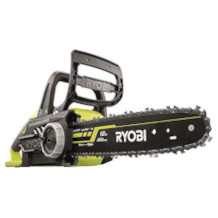Jigsaw purchasing advice: how to choose the right product
- What you need to know
- A jigsaw can be used to cut curves and recesses with high precision.
- Sliding on a guide rail, the jigsaw can also be used to make straight cuts.
- The power tool is not only available as a powerful jigsaw with a mains adapter, but also as a mobile cordless jigsaw. Both versions are also available with pendulum stroke function.
- The jigsaw is manoeuvrable, easy to handle and flexible to use – important plus points for every craftsman and DIYer.
The subtle one: For precise work
A ripsaw or a plunge-cut saw is primarily used to make straight cuts. However, many sawing jobs also involve making recesses or curves. This is where the jigsaw comes into its own, because curves, curves and cut-outs are its profession.
The jigsaw is an electric reciprocating saw. The saw blade moves up and down in a metal shoe. Stationary jigsaws guide users to the saw blade and move it around the fast-swinging blade. Most DIYers and craftsmen work with hand-held, compact models. A pendulum stroke jigsaw proves to be particularly productive – especially when sawing hard and thick wood.
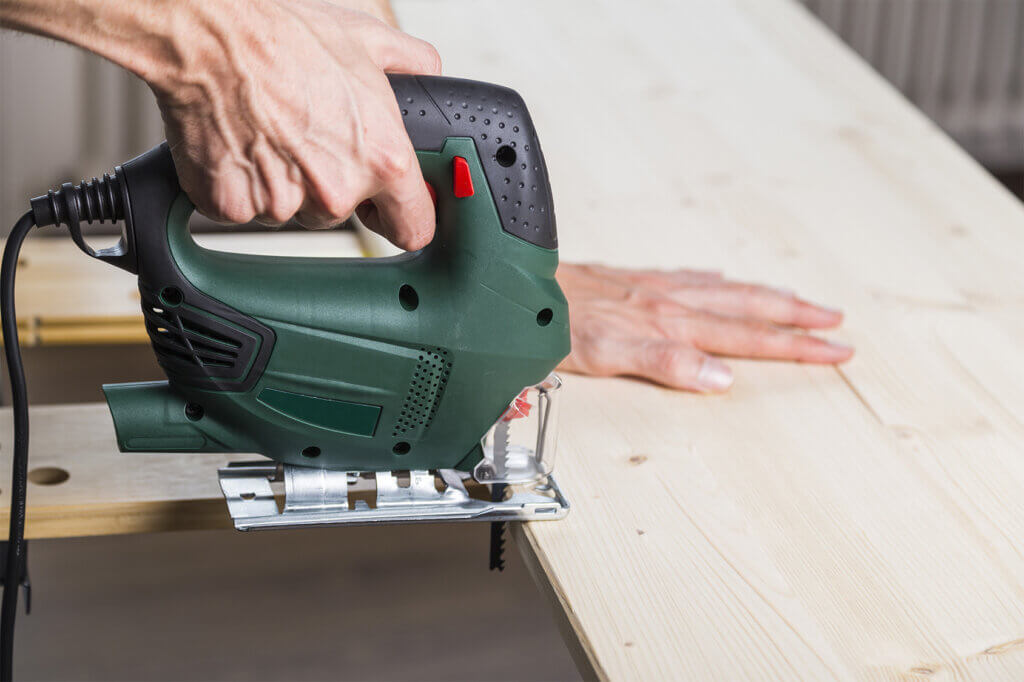
The jigsaw has become indispensable in many areas of production and crafts. For many DIY enthusiasts, it has long been a permanent fixture in their tool arsenal. It often replaces a chop saw or reciprocating saw. Its handiness and precise guidance are an advantage for all sawing work that requires free-hand sawing and a precise cut.
Inspired by the sewing machine: an invention from Switzerland
The first modern electric jigsaw was developed by the Swiss company Scintilla, now a Bosch Group company. The company copied the functional principle of the saw from the sewing machine. The main difference: instead of a needle, the electric jigsaw lets a saw blade swing up and down. In 1944, the first model already demonstrated the advantages of this new concept.
The different variants
Jigsaws are available in many different versions – including bow- and knob-handle versions as well as electric and cordless versions.
Bow handle versus knob handle: Which handle for which user?
A jigsaw with favourable ergonomics makes handling easier. When it comes to handle design, two variants are available: the knob handle and the bow handle. Professionals with high demands prefer the knob handle, also known as the bar handle. The sensitive handling and the clear view of the saw line are important arguments for craftsmen who rely on high precision.
Pro
- Allows sensitive steering
- Good field of vision
- Wide range of models for professionals
Cons
- More difficult to control for beginners
- Higher price on average
For DIY and occasional use around the house, a jigsaw with a bow handle is the better choice. The uncomplicated handling and affordable prices of jigsaws with bow handle make jigsaws with bow handle popular with a broad group of users.
Pro
- Intuitive handling
- Solid grip feeling
- Facilitates straight cuts
- Wide range of models for beginners
Cons
- Tight radii difficult to cut
- Sawing line not easy to see
- Difficult to handle in narrow niches
Electric jigsaw or cordless jigsaw?
The corded electric jigsaw scores with its high productivity and load capacity, especially in the pendulum stroke jigsaw version. For this reason, the corded electric jigsaw is mainly found in crafts and production.
Pro
- Continuous power output and high performance
- No recharging or disposal of batteries
- No need to buy expensive energy storage devices
- With a long mains cable, it is also possible to cover longer distances to the socket.
Cons
- Mains cable makes handling difficult
- Higher risk of accidents
- Dependence on household mains and sockets
In addition to electric jigsaws, more and more jigsaws with lithium-ion batteries are enriching the range. The jigsaws with mobile energy storage do not yet reach the performance level of the most powerful electric jigsaws with a power pack, but they are catching up strongly. They are also easier to handle. The cordless jigsaw impresses with its independence from a mains cable and its easy handling, even in narrow niches. The cordless jigsaw shows its strengths particularly in outdoor areas, on assembly sites and in areas such as event technology and trade fair construction. But today, DIY enthusiasts also mainly opt for cordless jigsaws.
Pro
- High mobility
- Can also be used in narrow niches and for overhead work
- Sawing possible in areas without 230-volt power supply
Cons
- High weight
- Recharging of battery required
- Limited running time and battery life
- Follow-up costs due to disposal and additional purchase
What matters when buying
Before consumers decide to buy a particular model, they should be aware of the various functions and possibilities of a jigsaw. An important aspect – for both amateurs and professionals – is ergonomics: only if the jigsaw can be gripped comfortably and guided without fatigue is it possible to work with the tool for a long time. Individual controls such as the lock button and the slider for adjusting the stroke rate or speed should be easy to feel and operate.
Clean planning and sawing
A powerful jigsaw should not only prove its quality when sawing wood of different grades and hardnesses, but should also be able to cope with plastic and steel. Ultimately, the best saw cannot do more than the saw blade can. Therefore, when selecting saw blades, make sure that they are of good quality in order to achieve a clean working result.
The pendulum stroke
With a pendulum stroke jigsaw, the pendulum movement of the saw blade can be adjusted in several stages. A large pendulum stroke increases productivity at the expense of a clean saw cut. Conversely, a small pendulum stroke results in a clean cut without fraying, but increases working time and is only suitable for thin workpieces.
The (variable) stroke rate
The stroke rate can be variably adjusted on high-quality electric jigsaws. The typical range is between 500 and 3,000 revolutions per minute (min-1). A large stroke rate makes the jigsaw more productive, but also produces an unclean saw cut. The electronic stroke rate regulation facilitates flexible adaptation to the workpiece and makes the electric jigsaw even more versatile.
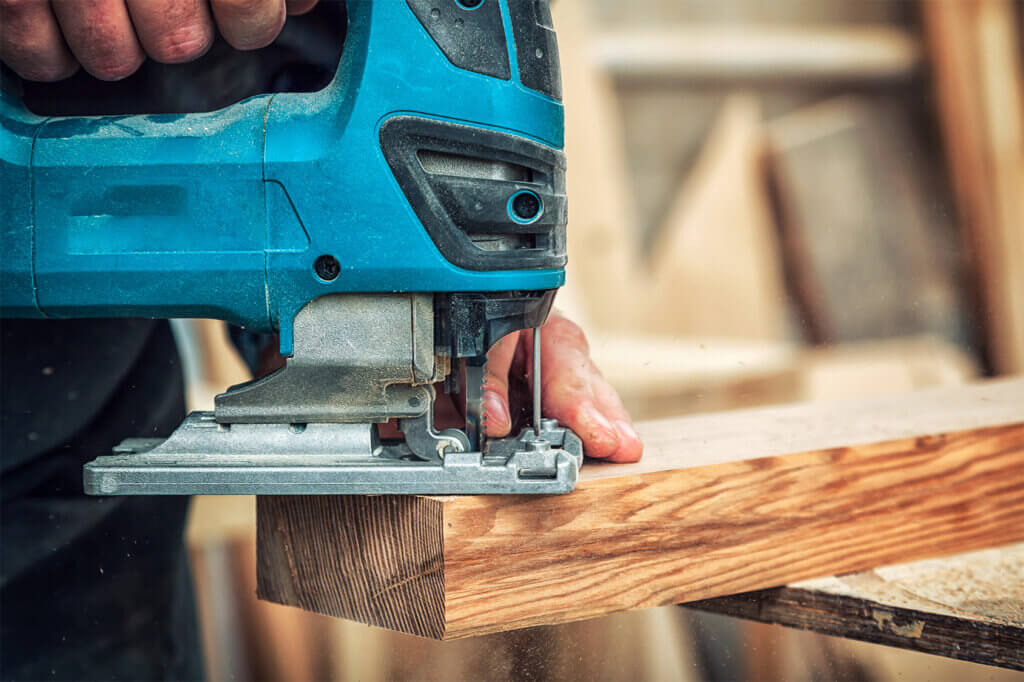
Extracting the chips
Jigsaws also eat through plastic and metal, depending on the model and saw blade. In most cases, however, they are used for sawing wood. The chipping process that takes place during sawing produces chips that not only pollute the air in the room and the users, but also make it difficult to see the saw line. Blowing away the sawdust with the help of the built-in blower is not an optimal solution. High-quality jigsaws have a connection for extracting the chips and can be connected to an industrial vacuum cleaner. In the interests of occupational safety alone, consumers should pay attention to this aspect when selecting a model.
Interface lighting
Even if good lighting is in principle required and necessary when working with tools, shadowing can occur when sawing, making it difficult to assess the interface visually. Therefore, interface lighting should by no means be regarded as a superfluous feature. Illumination by bright LEDs makes it easier to keep to the sawing line.
The weight
When it comes to weight, the main consideration should be what work is to be done. When doing a lot of overhead work and sawing in confined areas, a heavy power tool quickly becomes noticeable in a negative way, as it leads to rapid fatigue. Ideally, an electric jigsaw should not weigh more than 2.5 kilograms. Especially with battery-powered models, the high weight of the battery is a drawback, as it usually results in an unfavourable centre of gravity.
Useful accessories
Useful accessories make the jigsaw a versatile tool for every do-it-yourselfer and craftsman. The following accessories make sawing easier:
- Chip guard: The chip guard prevents an unwanted milling effect when sawing. This useful tool ensures a clean sawing result even when sawing against the grain direction.
- Jigsaw table: A jigsaw can be clamped in a jigsaw table to enable stationary operation. It is a welcome support, especially for mitre cuts. Some models are mobile, can be fixed with clamps and are easy to dismantle – ideal for hobbyists who only need a table temporarily. A portable work table with clamps can also be used as a mobile jigsaw table.
- Jigsaw blades: Without the right jigsaw blade, you cannot expect a high-quality work result. Whether hard or soft wood, chipboard or coated board – the right saw blade must always be clamped for each material in order to achieve clean and fringe-free cuts.
- Circle and parallel guide: This accessory makes it easier to make circular cut-outs and to create a saw cut parallel to the edge.
- Transport box: Whether tool case, tool bag or system box – stowed in a transport container that matches the model, the jigsaw will reach its place of use safely. Many containers also hold saw blades and other accessories for transport.
- Guide rail: Although the electric jigsaw is considered a specialist for curves and recesses, it can also be used to make straight cuts. Cutting a moulding to length with a jigsaw is often quicker and easier than with a chop saw or plunge saw. Even long, straight cuts can be made with a jigsaw in combination with a guide rail or a fence on a workbench.
Working safely and efficiently with a jigsaw
Although the leading manufacturers equip their models with extensive safety precautions, only careful handling of the jigsaw will protect users from injury.
Check saw blades beforehand
Before starting work, check the saw blades and sort out any that are worn or damaged. A broken saw blade is often unexpected and can cause chipping. Professionals and do-it-yourselfers alike should not let a nerve-racking saw blade change spoil their enjoyment of the work. A convenient and simple saw blade change saves time and, on top of that, users stay in the flow of work. The saw blade holder should therefore have an intuitive mechanism that is easy to understand, even for beginners.
Protect mouth, eyes and ears
Even when using an extraction device, a certain amount of dust cannot be avoided. Therefore, you should wear suitable safety goggles as well as a mouth mask when sawing so as not to strain your eyes and respiratory tract. Wearing ear protection is also recommended to protect yourself against noise.
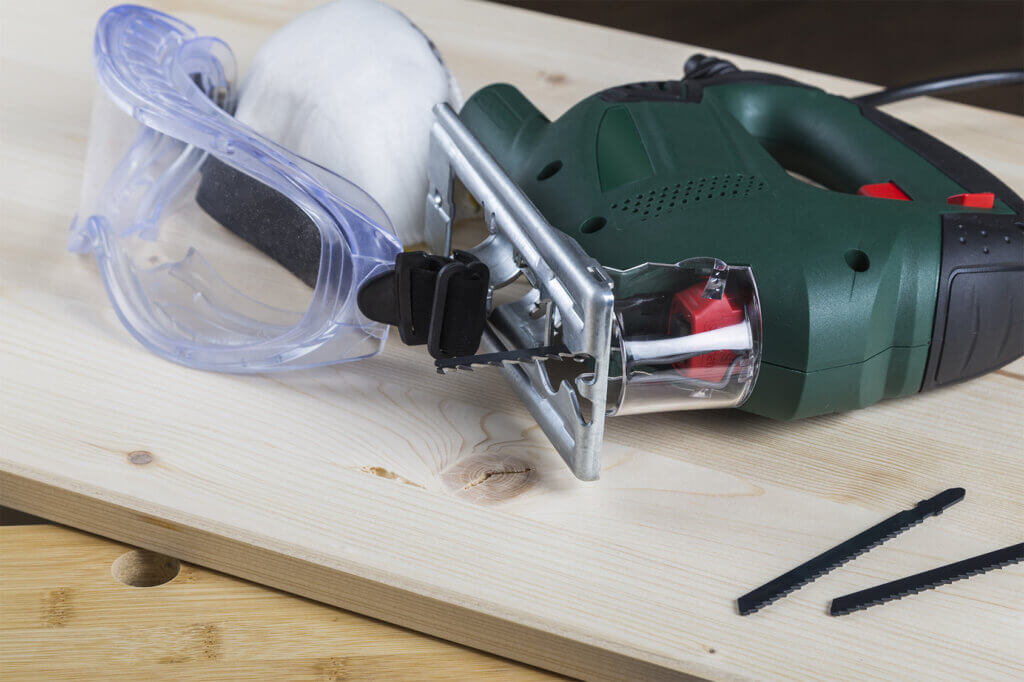
Sawing workpieces correctly
In many cases, it makes sense to saw a workpiece from the bottom side to prevent fraying from becoming visible. Ideally, users should turn the workpiece over, but this is not always possible with fixed fixtures. If the workpiece cannot be turned, the use of a cordless jigsaw is recommended to enable safe working from below. Another way to make a clean cut line is to tape the line with painter’s masking tape. This reduces damage to the cutting line to a minimum.
Handling and feed of the jigsaw have a great influence on the result. The jigsaw should only be moved forward with gentle pressure. The thrust required for a sawing job depends on whether and how strongly the jigsaw operates in pendulum stroke mode. Even beginners quickly develop a feeling for this.
Do not cut plasterboard
For the sake of your own health, it is advisable not to saw plasterboard. The high dust generation can damage the tool and, above all, the electric motor.
Care and storage
When working intensively with the jigsaw, considerable soiling of the power tool cannot be avoided. However, most residues can be removed relatively easily with a soft cloth and a brush when working with a wood saw. For external care of the plastic parts, generally use only mild cleaning agents. Do not use water or other cleaning liquids. Otherwise, follow the manufacturer’s instructions when caring for the unit. If the external inspection reveals cracks in the housing or other damage, for safety reasons have the power tool professionally repaired before the next use or dispose of it if it is not worth repairing.
Disconnect the power plug before cleaning and maintaining the power tool. Do not open the power tool if you are not a skilled person – an improper repair attempt can cause danger. Also remember that opening the tool will invalidate any warranty claims.
Battery care
Almost all modern cordless jigsaws are equipped with lithium-ion batteries. This type of battery enables long-lasting and reliable operation without a sudden drop in performance. Even the formerly feared memory effect no longer occurs with modern lithium-ion batteries. Nevertheless, users can do a few things to benefit from the long life of their lithium-ion batteries.
Basically, it is recommended not to let the batteries in the jigsaw discharge completely in order to avoid deep discharge. Although a processor integrated in the batteries prevents them from being completely discharged during regular use, if the batteries are not used for a period of more than three months, their capacity increasingly decreases. Therefore, you should recharge the batteries every few months – even if you use the jigsaw only sporadically. This mostly concerns do-it-yourselfers who use their device mainly for individual projects or occasional touch-up work around the house.
Image 1: © lukesw / stock.adobe.com | Image 2: © Виталий Сова / stock.adobe.com | Image 3: © lukesw / stock.adobe.com

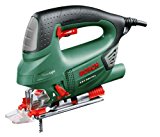
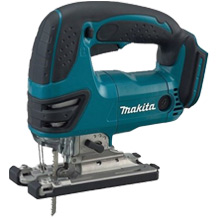

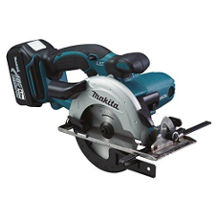
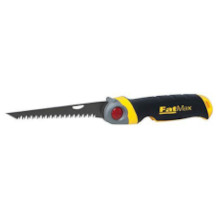

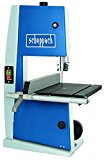
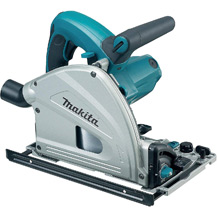
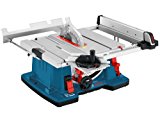
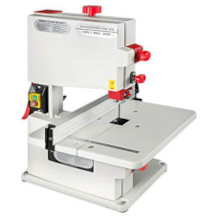












 8,623 reviews
8,623 reviews
